Leonardo da Vinci, Master Of Art And Science
16:28 minutes
For anyone who has seen Leonardo da Vinci’s “Mona Lisa,” you know that it holds your attention longer than most portraits. The slight smile and the sideways glance gives a glimpse into her inner psychology. To accomplish this allure, the artist carefully engineered the iconic portrait by meticulously studying the muscles and nerves of the face.
[This artist infuses her work with scientific data.]
Leonardo da Vinci may be best known for his artistic masterpieces, but he was also an accomplished engineer and scientist, filling over 7,000 pages of notebook entries with his observations. In his new book, Leonardo da Vinci, author Walter Isaacson explores da Vinci’s investigations of everything from engineering theater set pieces to detailed drawings of the human heart. Isaacson shares how da Vinci combined the arts and sciences to create his masterworks.
Read an excerpt of Isaacson’s new book here and view a selection of da Vinci’s notes and artwork below.
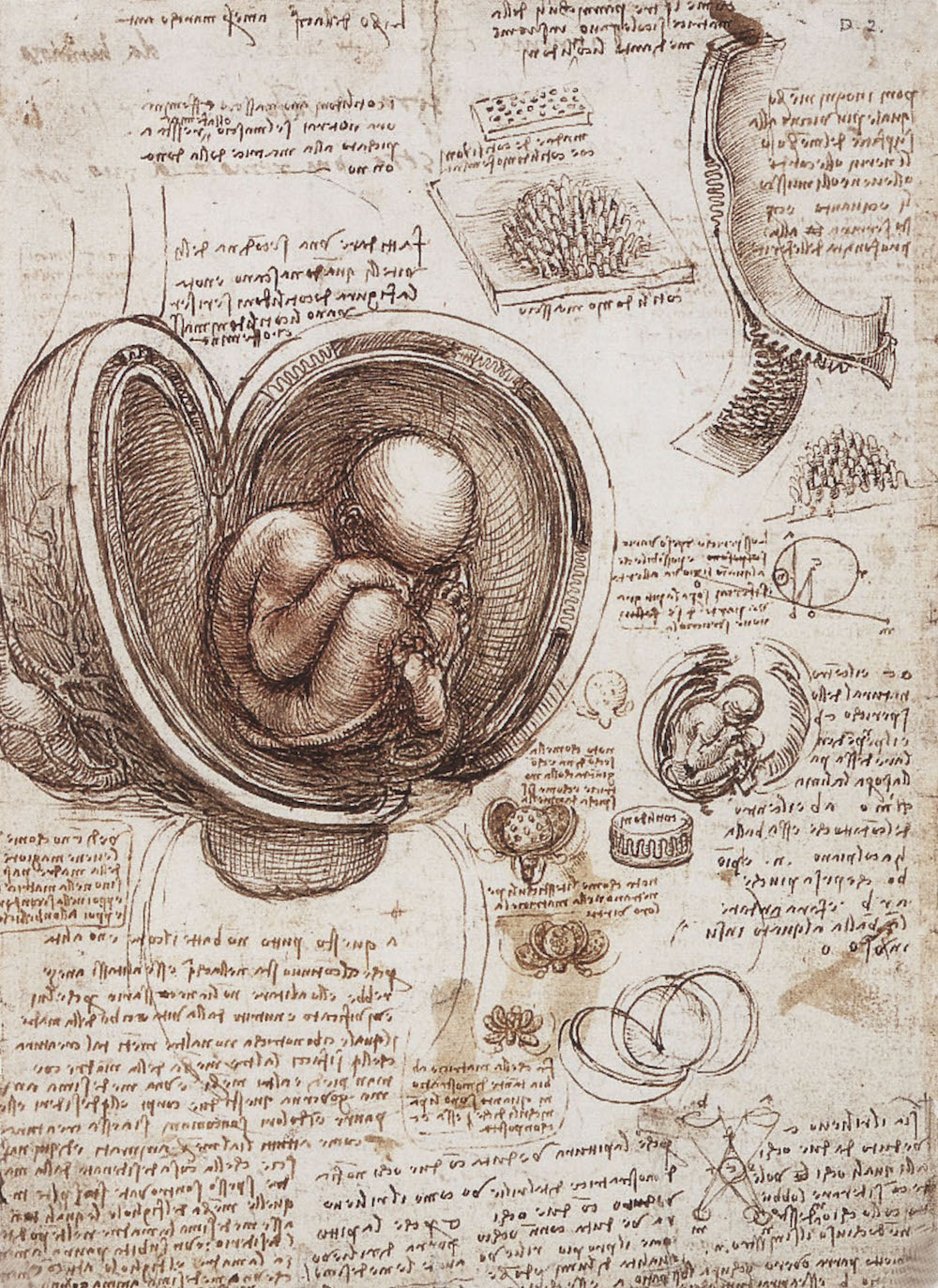
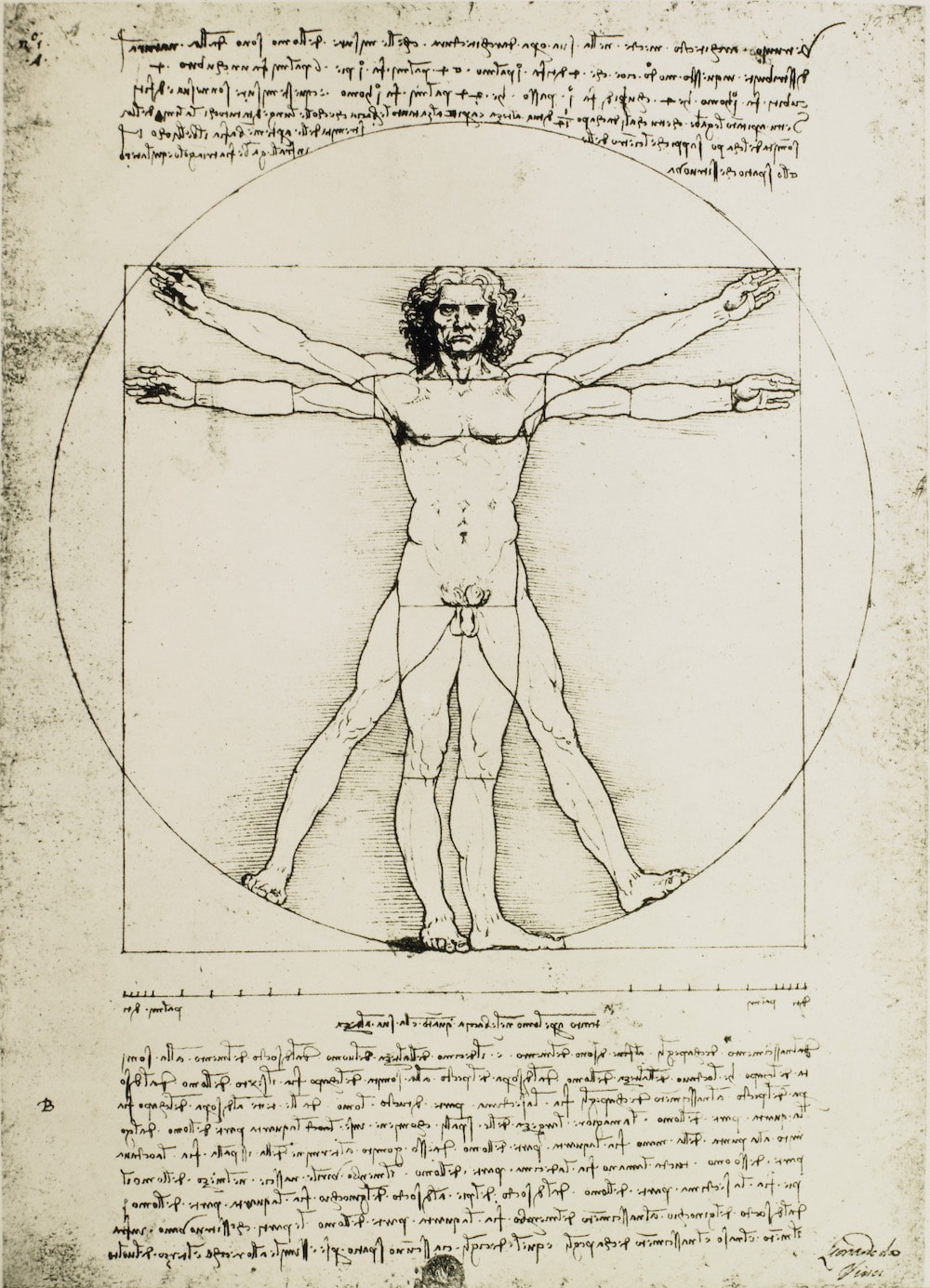
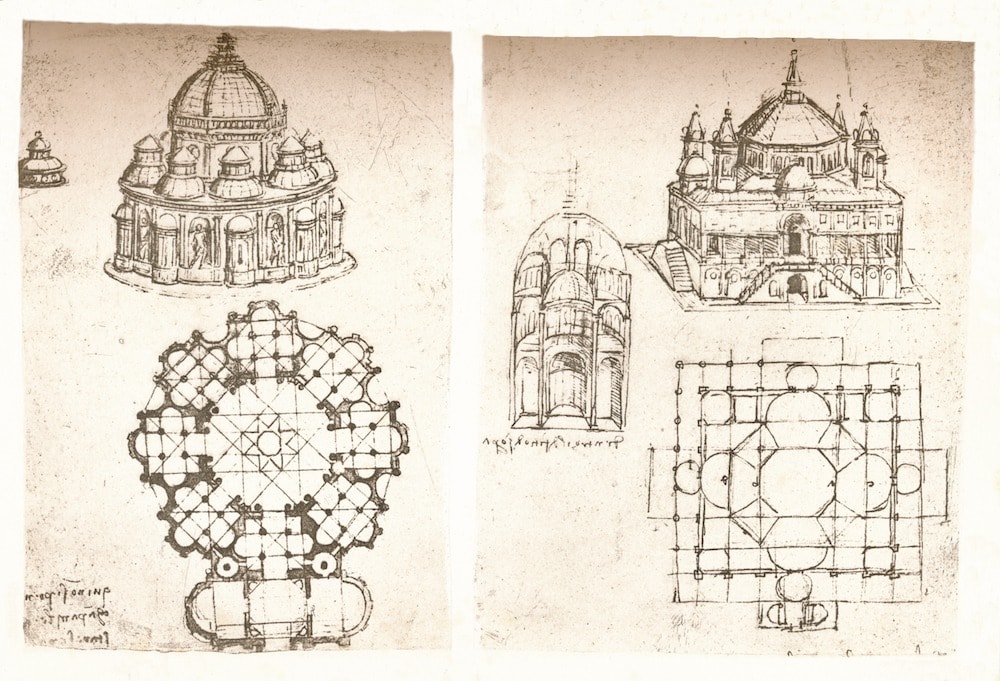
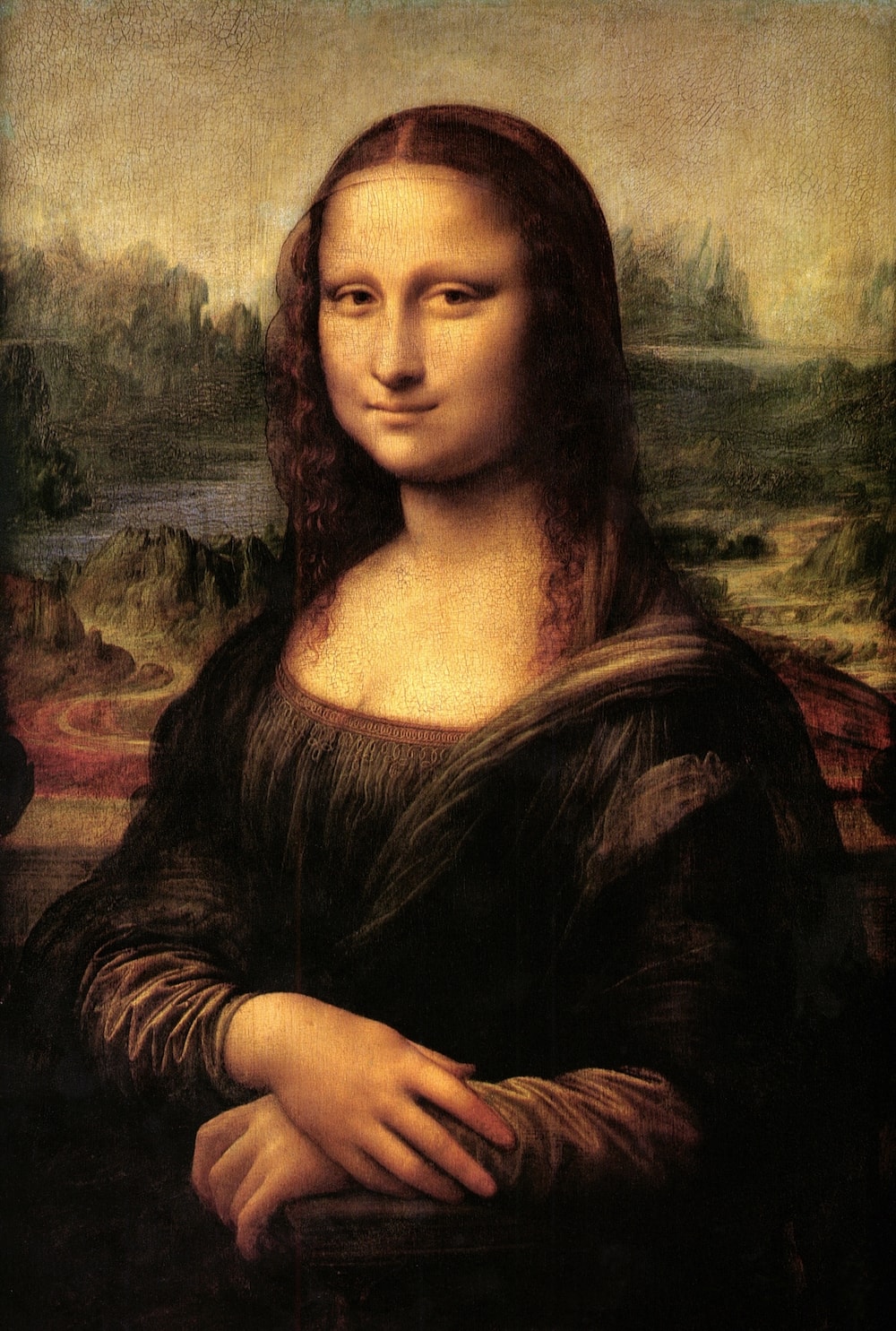

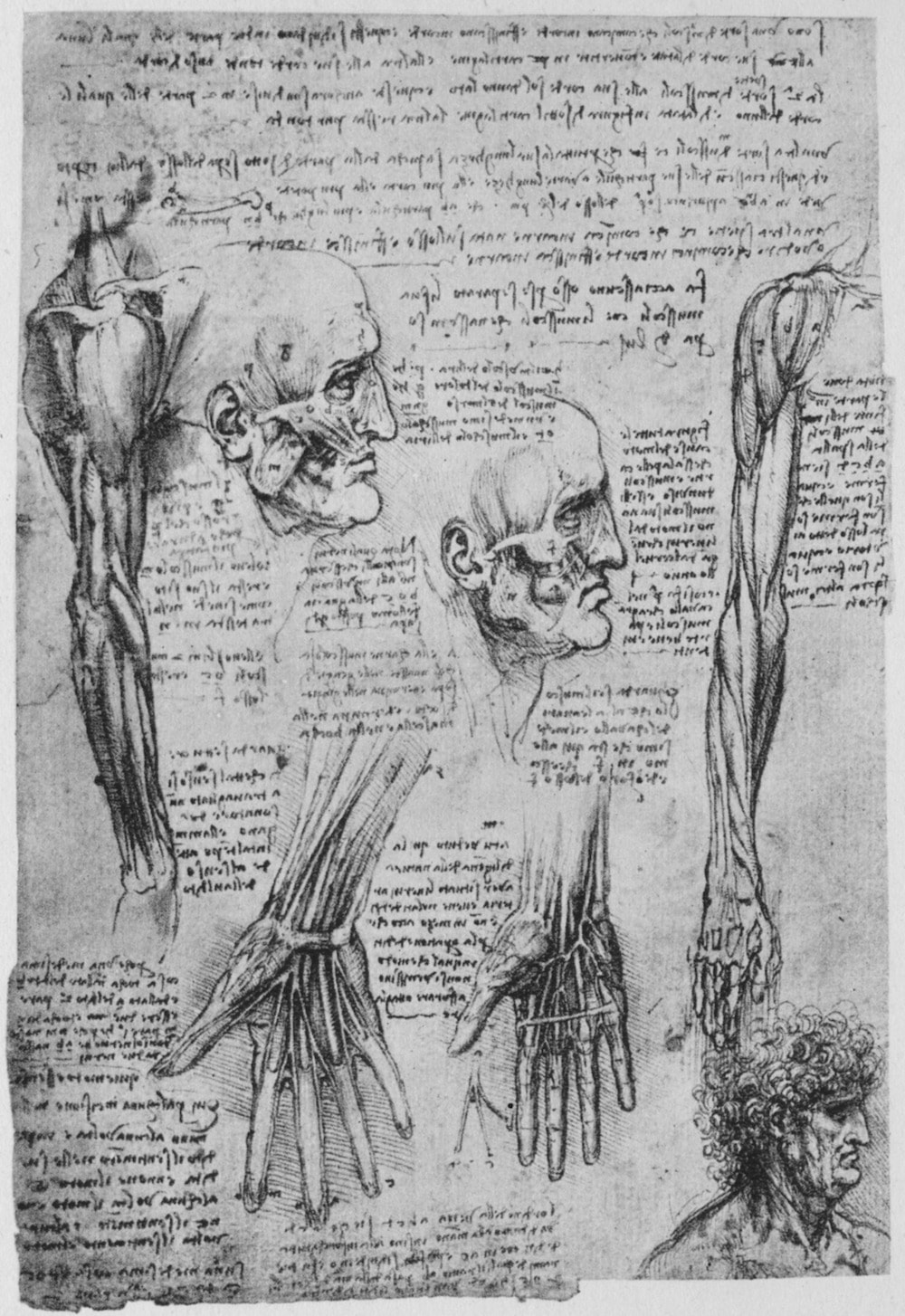
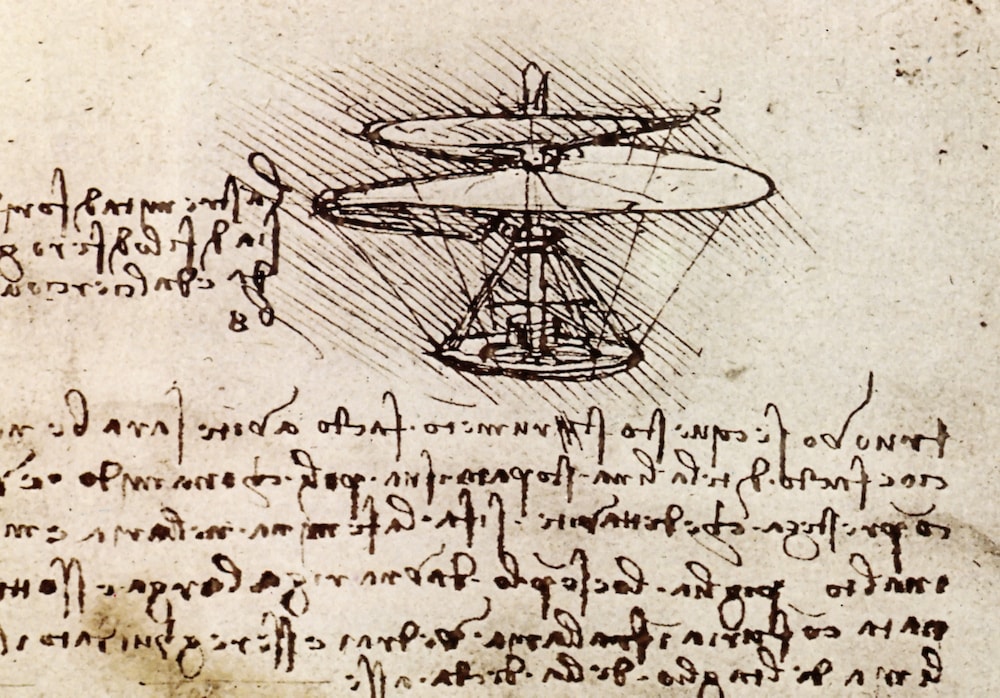
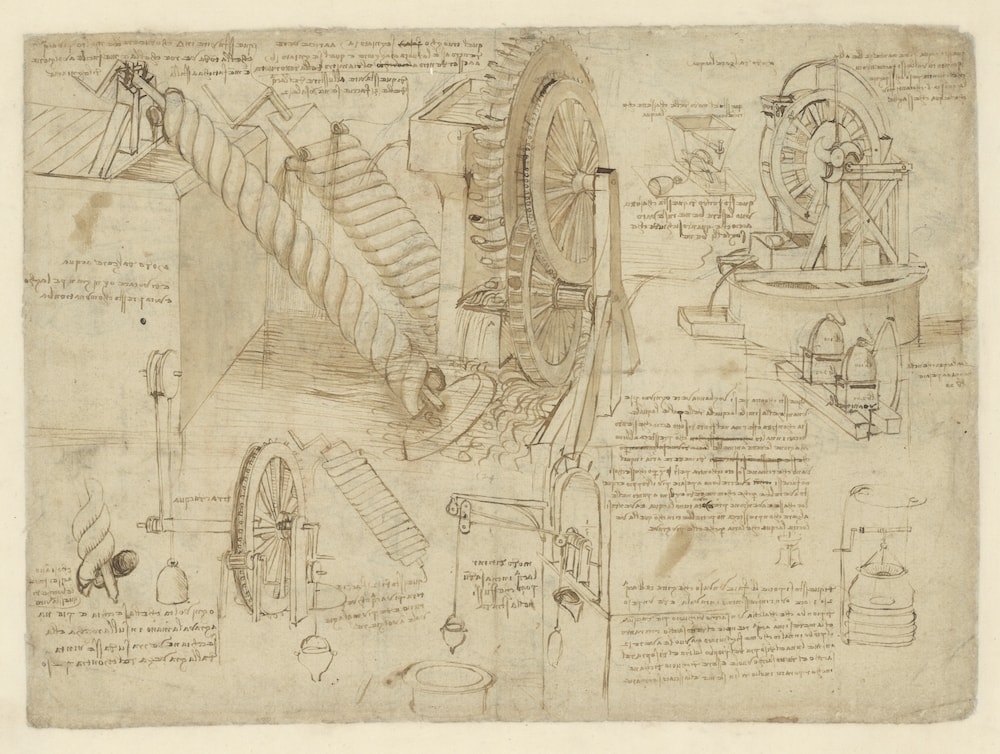
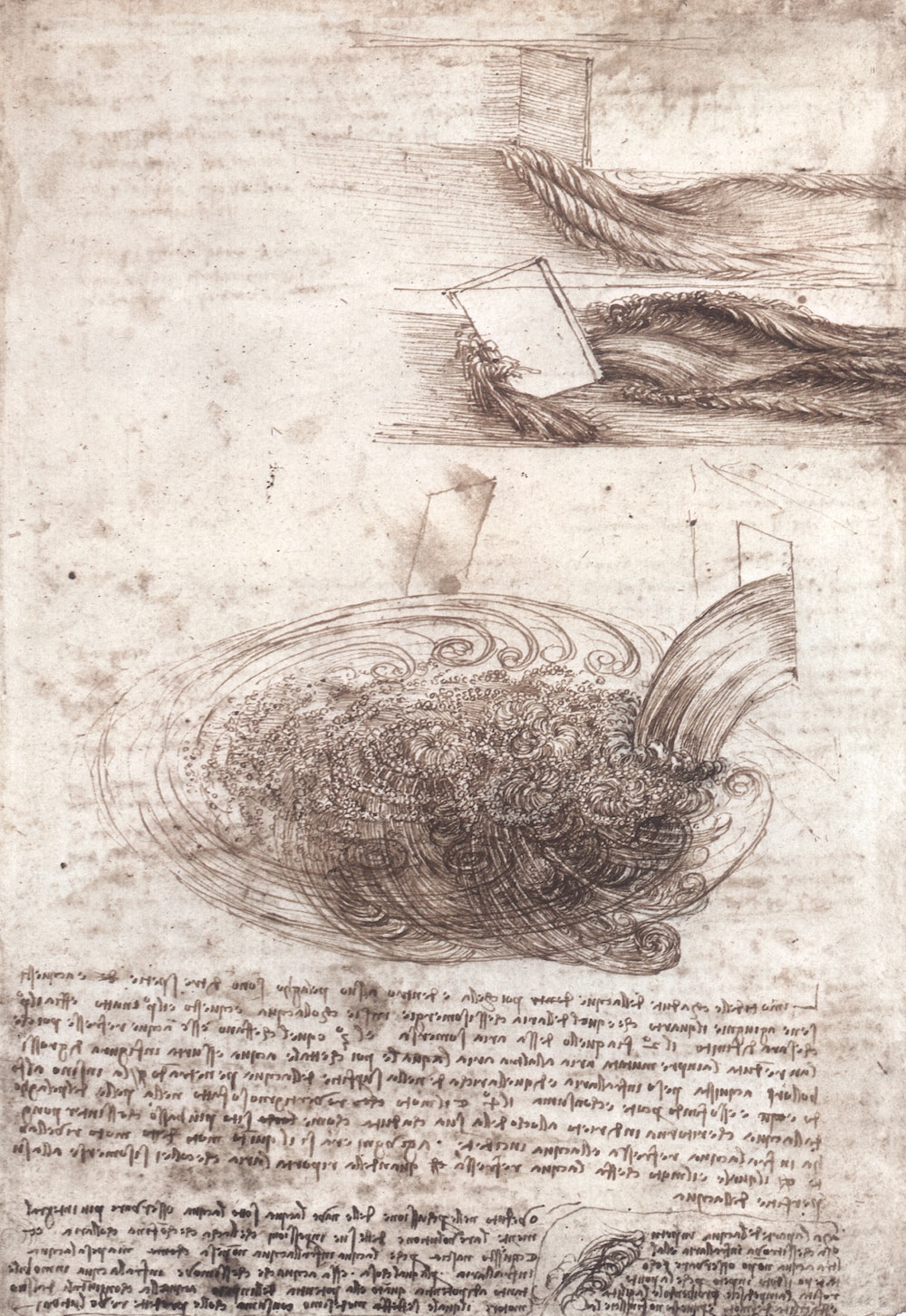
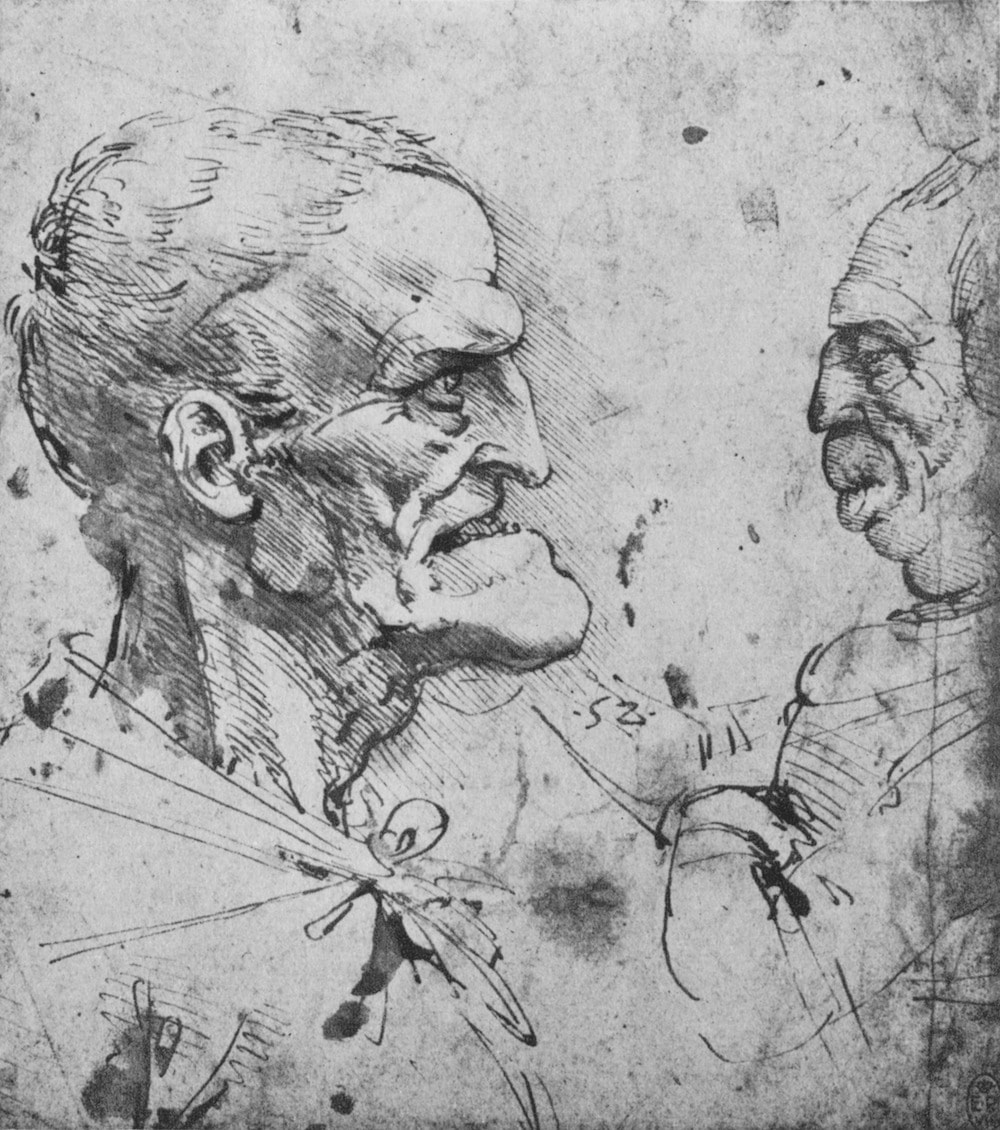
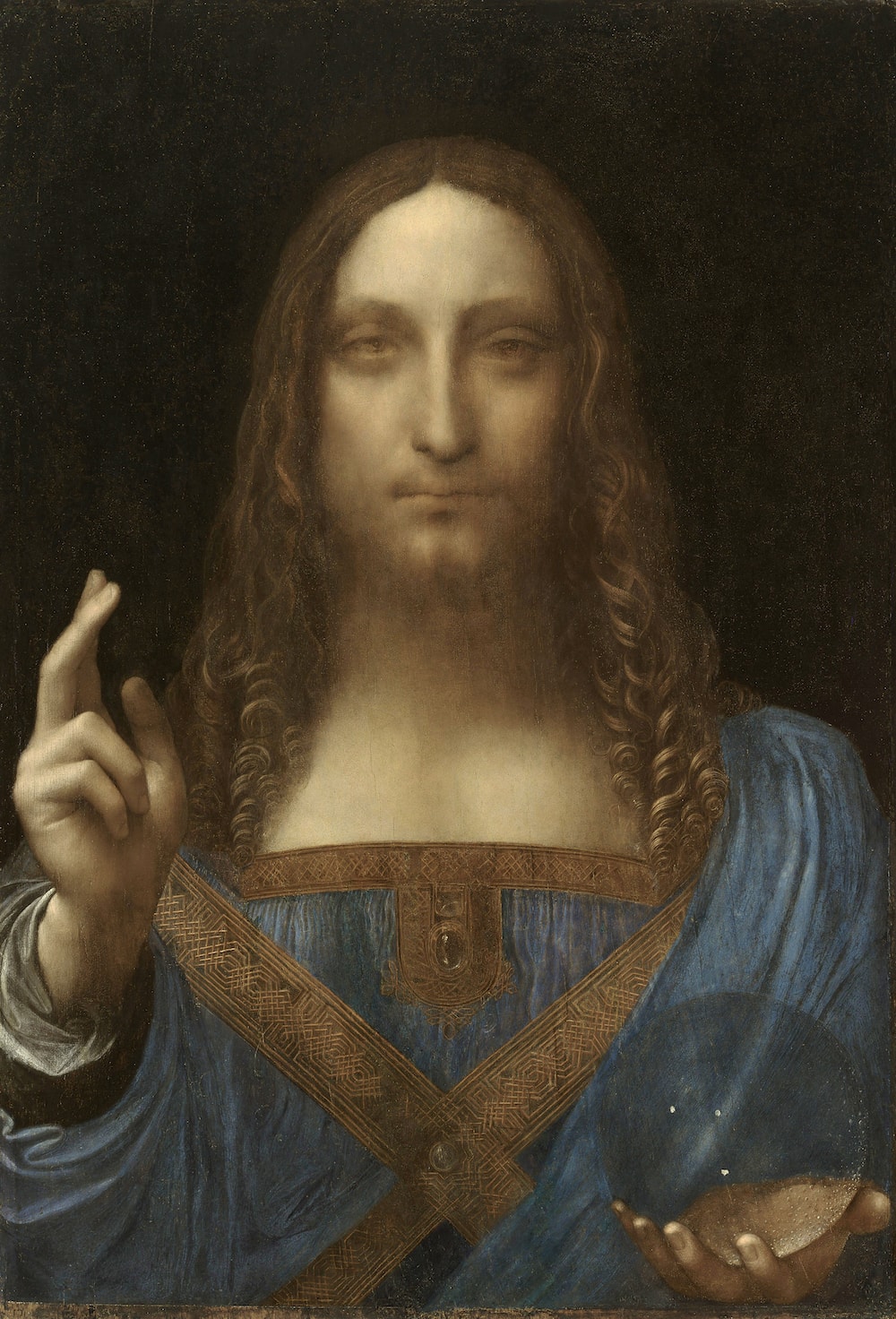
Walter Isaacson is author of Einstein: His Life and Universe (Simon & Schuster, 2007) and president and CEO of The Aspen Institute in Washington, D.C.
Alexa Lim is a producer for Science Friday. Her favorite stories involve space, sound, and strange animal discoveries.